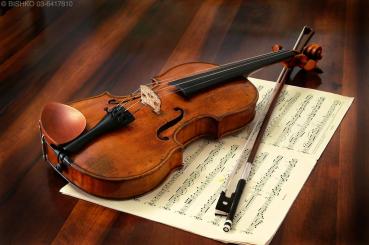3 weeks ago, I found an extremely interesting manifesto by the New Economics Foundation (NEF) on materialism. You can find the entire pamphlet here, I would like to discuss the manifesto a bit and reflect on how this might affect the way we do business.
Whether you agree with this manifesto or not, I think the way we look at ‘stuff’ is changing rapidly and profound. These 6 points might touch some critical points on how we can interact with this thing called New Materialism.
1. Liking ‘stuff’ is okay, healthy even – we can learn to love and find pleasure in the material world
Environmentalists are often pushed in the corner of anti-materialism or anti-consumerism. As always, the image is far more complex. The relation we have with our stuff is extremely important in our waste-oriented market mechanism. Therefore, we have to invest strongly in the way we look at stuff. The products you love and have a strong connection with are harder to throw away and better maintained.
In terms of business models we should start exploring how we can create a strong connection between user and product or service. Building on this relation we can change the way we bring ‘stuff’ to the customer.
2. Wherever practical and possible develop lasting relationships with things by having and making nothing that is designed to last less than 10 years
Good design never gets out of fashion. A good bike 50 years ago (if it’s well maintained), will still be a good bike right now. Even more, if you’ve inherited an old school bike from your granddad, chances are you’ll maintain it better. As a company, imagine developing unbreakable products, products people will pass on for generations. How can you create an image that carefully balances between strong design and extreme usability and durability?

3. Get to know things – before you acquire something, find out at least 3 things about it
Even though this point lies more in the buyer-area rather than in the area of developers and producers, You could use this in your marketing campaigns. Share details on your product, embrace open source as an enrichment of your company rather than a threat.
4. Love stuff – mend, maintain and re-use things until it is no longer possible, then recycle them
Again, from buyer-side this one’s easy to get, but as a producer of goods or services, can you make your offer so that people can change it, mend it, re-use it for a purpose it wasn’t design to do at first? Can you as a producer support the relationship your customer has with your product? And if yes, how?

5. Get active – only acquire something new if you are also learning a new, useful skill
From user-side, linking a product to a new experience/hobby/… will develop a stronger bond with that product. But you can do the same exercise from the development-side. Can you create a product or service that will give your customers new and useful skills, insights or possibilities rather than building on existing ones (isn’t this what separates good from brilliant products?)?

6. Share – look at all your things, think about what your friends might need or could benefit from, and share at least one thing a week
Create a platform for your products and accept that once you’ve sold your product it’s no longer yours. Embrace and support people who are experimenting with your products. Ask them for feedback and new possible uses for it.
